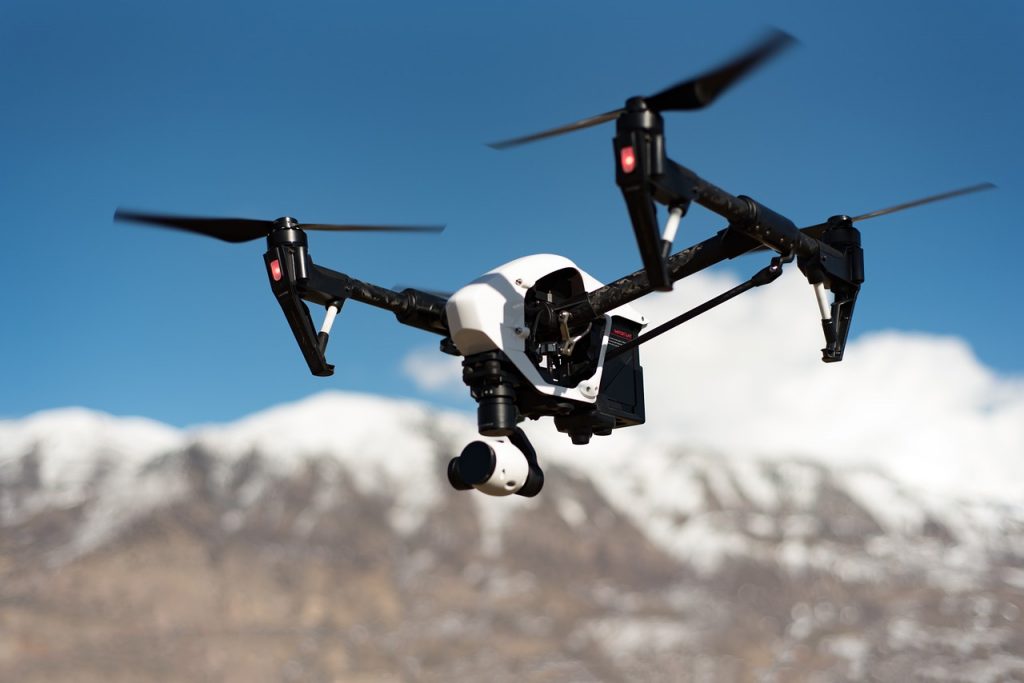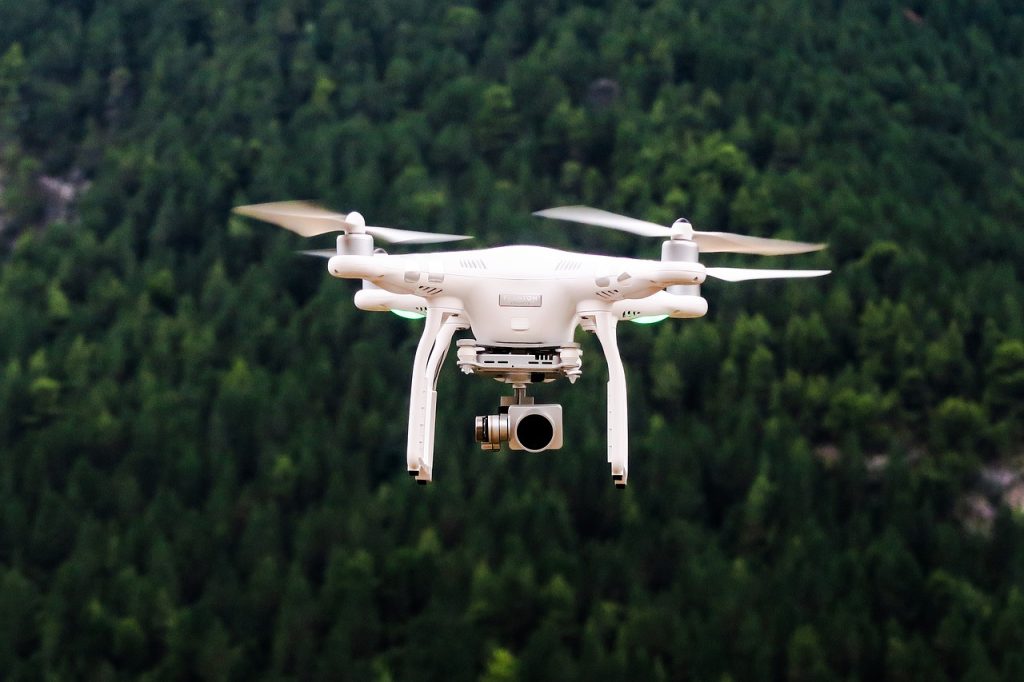Delivery Drones Can Save Lives?
One entrepreneur thinks that drones have the capability to save lives.
This article is more than 2 years old

Many individuals think drones are just pricey novelty items that can serve as a fun pastime for the tech enthusiast or be utilized to take cool aerial photos of some awe-inspiring landscapes. One would be hard-pressed to find an individual who, at least at present, associates drones with life-saving technology. However, according to NPR, robotics entrepreneur Keller Rinaudo believes that drones can save lives and is currently running a pilot program out of Africa to prove it.
Keller Rinaudo is the founder of the company Zipline. Zipline uses its fully autonomous battery-powered drone aircrafts in order to deliver life-saving blood and medical supplies to hospitals and medical facilities in remote locations. Rinaudo detailed the service works similar to something like DoorDash or Uber.
In order to use the drone service, a hospital puts in an order for whatever they need, then a drone is tasked out from one of their distribution centers to make the delivery. From the moment the drone leaves the center it is tracked remotely via GPS and has the ability to jump from 0 to 100 km/hr in just half of a second. When the drone is one minute away from the medical facility they will get a notification that their supplies are about to arrive. When the drone reaches its destination it releases the supplies by parachute so they coast safely to their intended target. With this service, hospitals have the potential to receive life-saving materials in just minutes.
In his Ted Talk Rinaudo explained that many people in developed nations don’t think that still-developing nations have the potential to usher in modern revolutions. However, East Africa is currently the only nation embracing this life-saving drone technology. Rinaudo illustrated just how vital embracing a solution such as this could be by sharing a story about a young mother from Rwanda.
During the Ted Talk Rinaudo explained that the mother had gone to the hospital to give birth but ended up suffering complications from a C-section that resulted in postpartum hemorrhaging. The hospital staff was able to put in for consecutive emergency orders for blood so that the hospital could continue to keep her alive through transfusions until they were able to get the bleeding to stop. The Zipline drone was able to deliver all the blood they needed, which ended up totaling to more than how much is in a human body, and the woman is now a happy and healthy new mom. Had the hospital not had this service, that mom would not be here today and that baby would have grown up without a mother.

Rinaudo’s story perfectly illustrates the value of a drone service such as this. In fact, had more of the world embraced it sooner it could have served to alleviate so many of the challenges that the world faced during the height of the pandemic. For example, hospitals that were desperate for masks and ventilators could have potentially gotten them sooner if they had access to what Zipline does, which could have in turn saved both doctor and patient lives.
Thinking even beyond the drone’s life-saving capabilities, a service such as this could be utilized now to help mitigate the pandemic-induced global supply chain issues by streamlining deliveries and helping to quickly clear the blocked arteries of the world’s most inundated ports. If the more developed parts of the world take their chips off of their shoulder and look at what kinds of things less developed nations are doing it could serve to open up so many new windows for opportunity and global growth.



